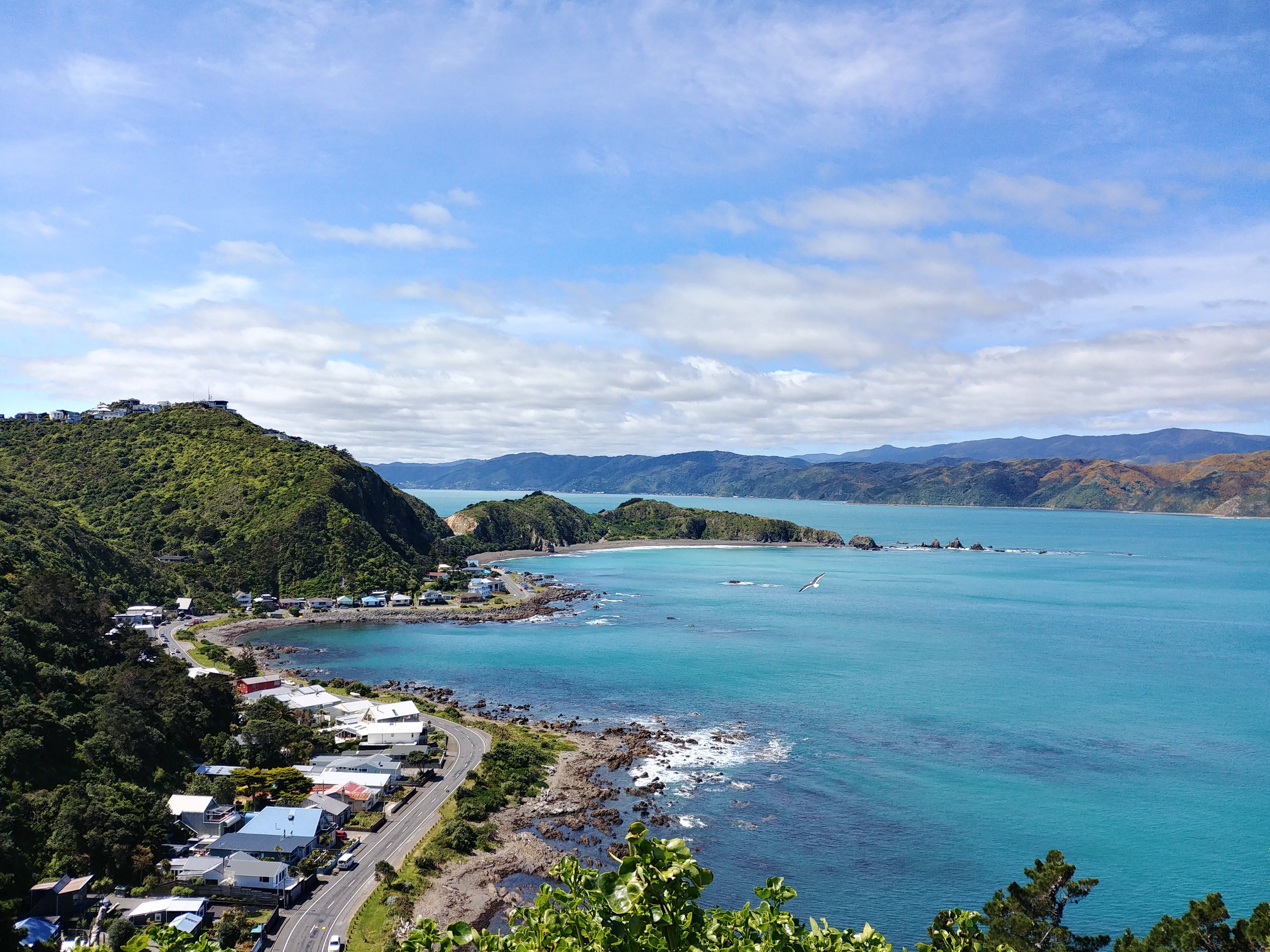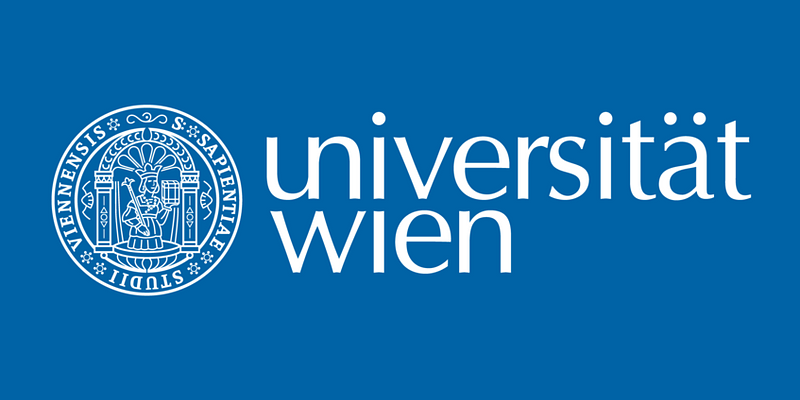The Island Biogeography of Humans
We know how most species are distributed across islands, yet we know surprisingly little about humans. This project investigates how humans have occupied islands, historically and in the present, both at global and regional scales.
 Islands shape human communities just like any other species.
Cultural diversity often follows the principles of island biogeography, mirroring patterns seen in biodiversity.
However, the current distribution of human populations on islands, as well as their recent historical shifts, remains largely unknown.
This project seeks to examine human population distributions on islands at both regional and global scales.
In an era of multiple global crises, understanding these patterns is essential for protecting both biological and cultural diversity.
Islands shape human communities just like any other species.
Cultural diversity often follows the principles of island biogeography, mirroring patterns seen in biodiversity.
However, the current distribution of human populations on islands, as well as their recent historical shifts, remains largely unknown.
This project seeks to examine human population distributions on islands at both regional and global scales.
In an era of multiple global crises, understanding these patterns is essential for protecting both biological and cultural diversity.
Key Findings
(1) Humans are largely distributed like non-human species on islands globally.
However, the island biogeography of humans is also influenced by archipelago-specific social, political and historical circumstances.
(2) A large number of European islands have been abandoned in the past 150 years, especially if small and at higher latitudes.

